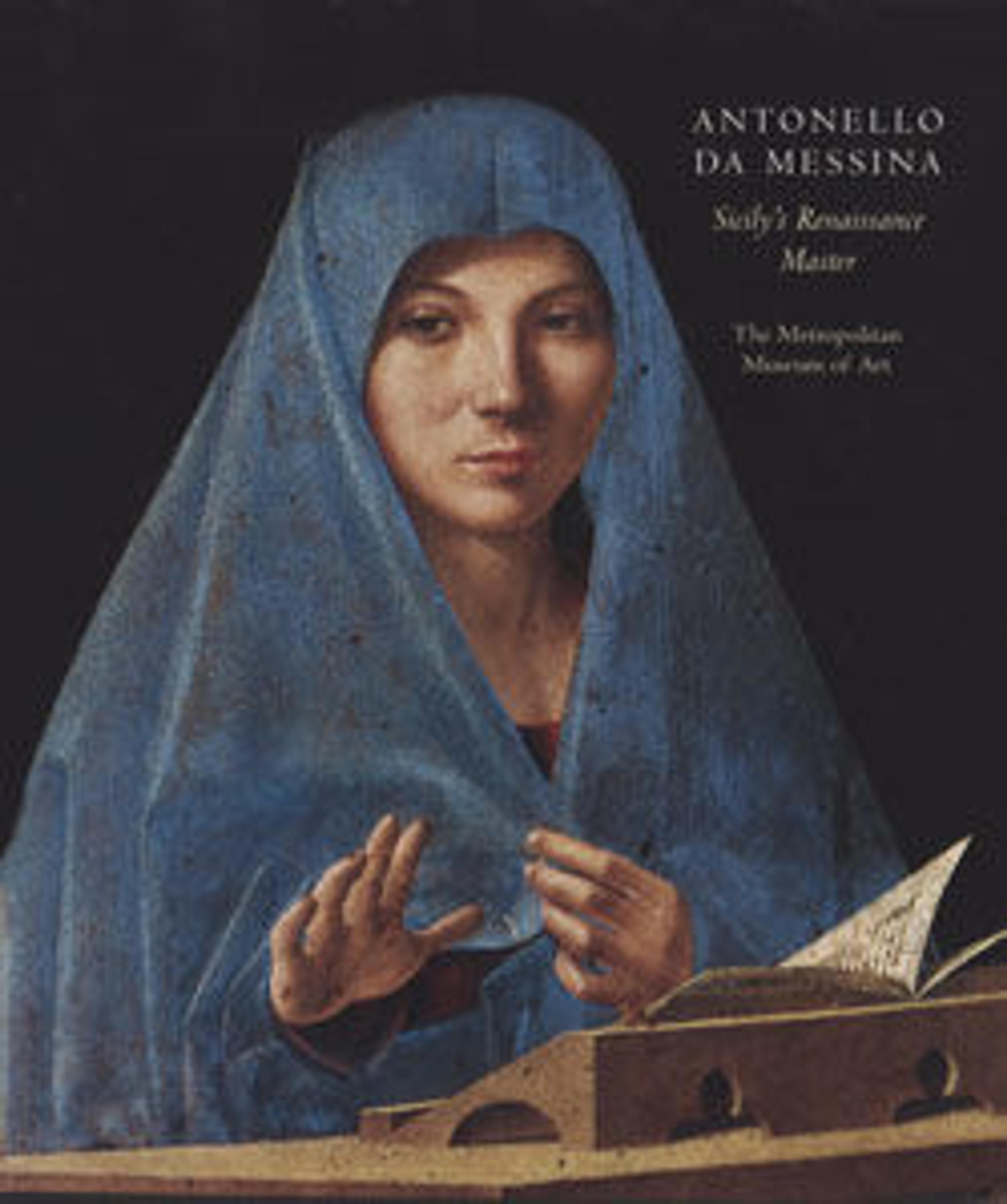Head of Christ (Ecce Homo)
This intimate image of Christ’s head, intended for private devotion, derives from a lost picture of the Holy Face by Jan van Eyck, now known only through copies. Following the Eyckian composition, Petrus Christus treated the head like a portrait by surrounding it with a fictive frame, thereby underscoring the physical immediacy of Christ. His depiction differs from the prototype, however, in presenting Christ with furrowed brow, the crown of thorns, and drops of blood running down his forehead and onto his chest.
Artwork Details
- Title:Head of Christ (Ecce Homo)
- Artist:Petrus Christus (Netherlandish, Baarle-Hertog (Baerle-Duc), active by 1444–died 1475/76 Bruges)
- Date:ca. 1445
- Medium:Oil on parchment, laid down on wood
- Dimensions:Overall 5 7/8 x 4 1/4 in. (14.9 x 10.8 cm); parchment 5 3/4 x 4 1/8 in. (14.6 x 10.5 cm)
- Classification:Paintings
- Credit Line:Bequest of Lillian S. Timken, 1959
- Object Number:60.71.1
- Curatorial Department: European Paintings
More Artwork
Research Resources
The Met provides unparalleled resources for research and welcomes an international community of students and scholars. The Met's Open Access API is where creators and researchers can connect to the The Met collection. Open Access data and public domain images are available for unrestricted commercial and noncommercial use without permission or fee.
To request images under copyright and other restrictions, please use this Image Request form.
Feedback
We continue to research and examine historical and cultural context for objects in The Met collection. If you have comments or questions about this object record, please contact us using the form below. The Museum looks forward to receiving your comments.
